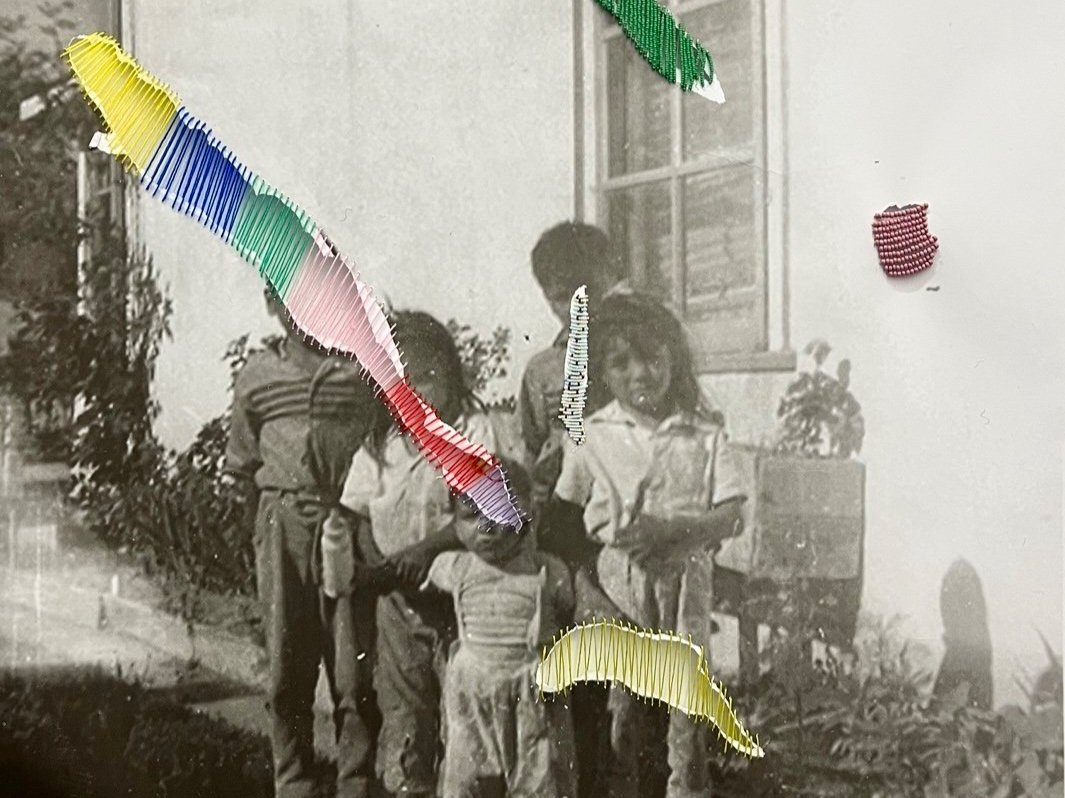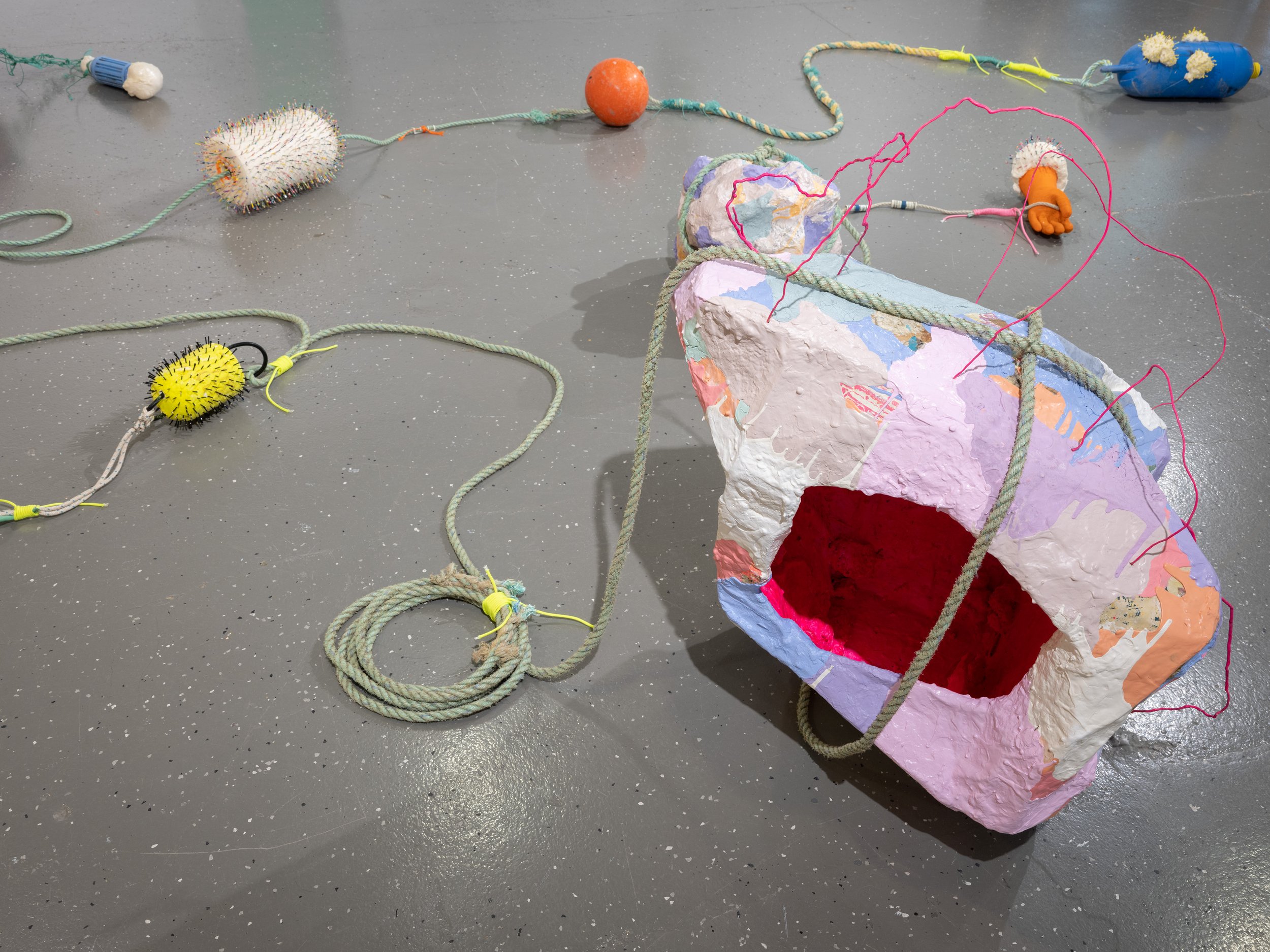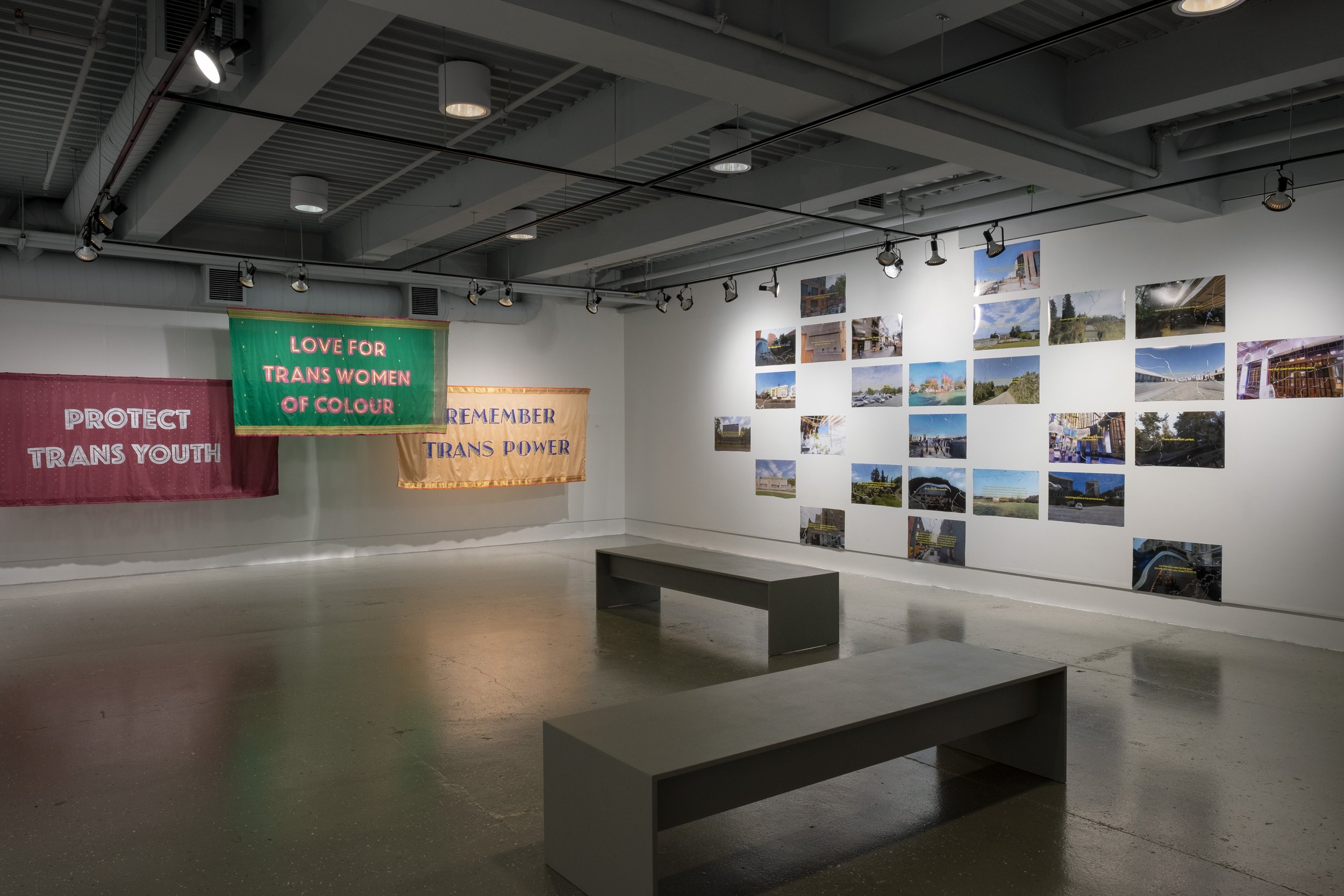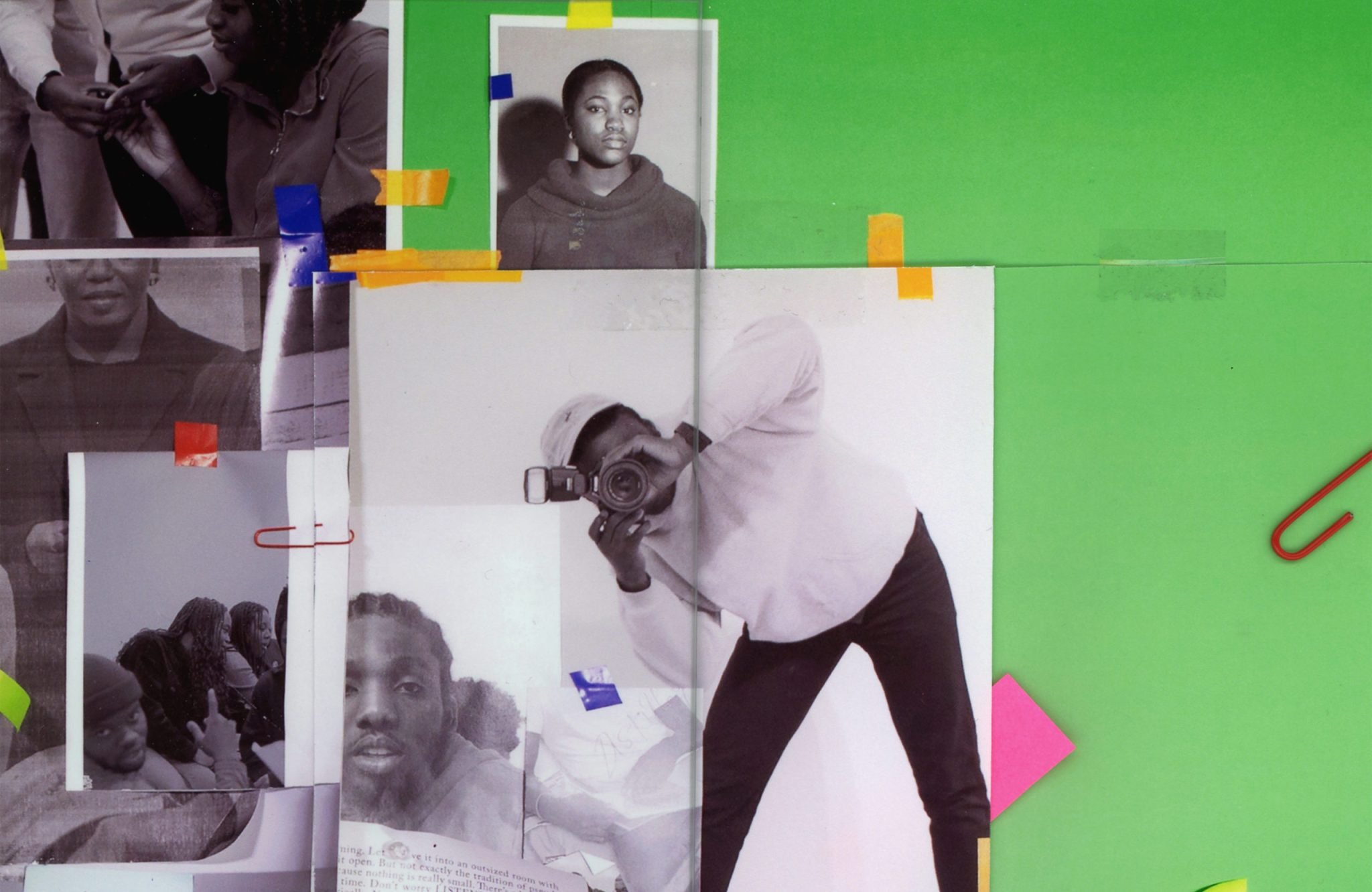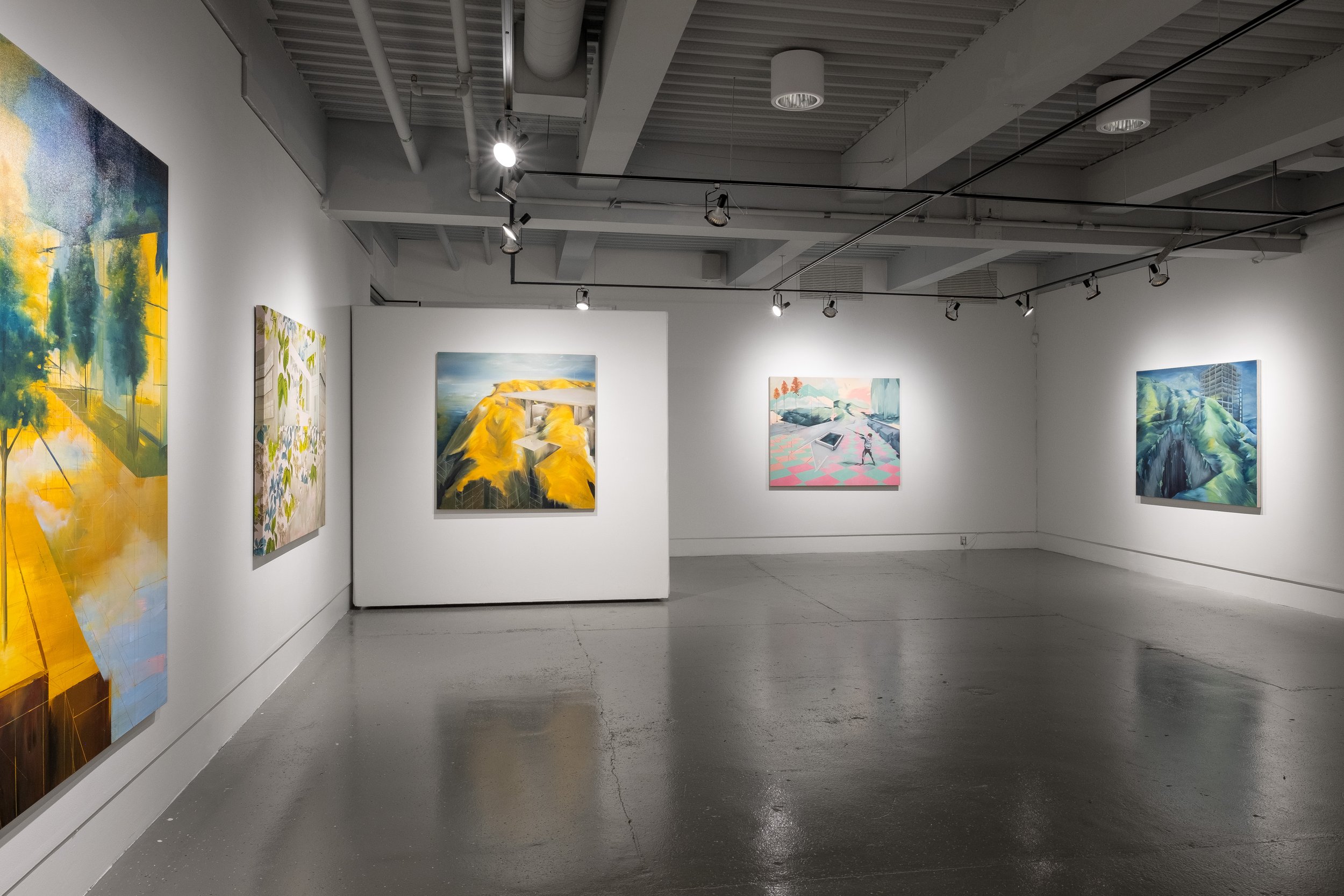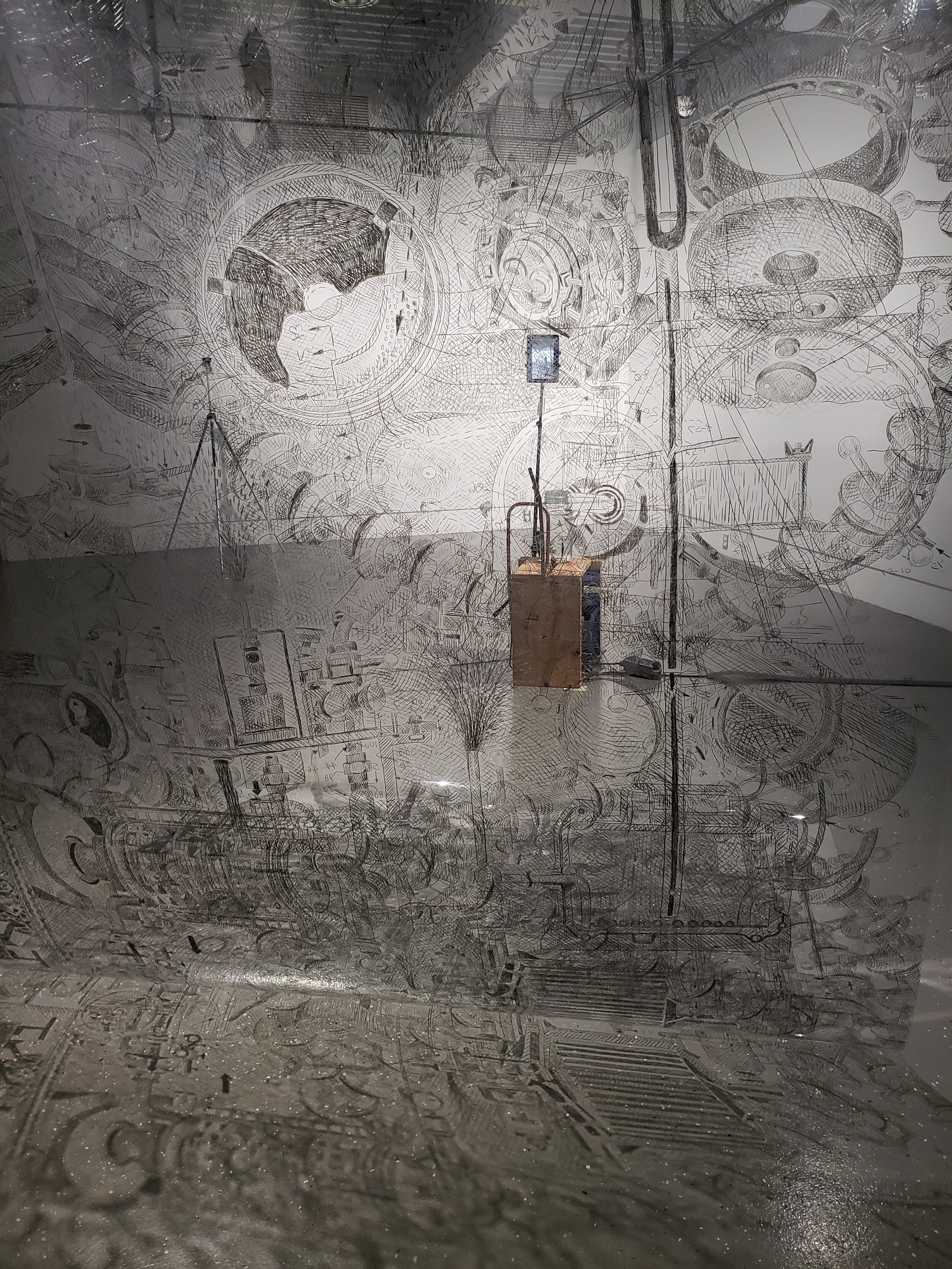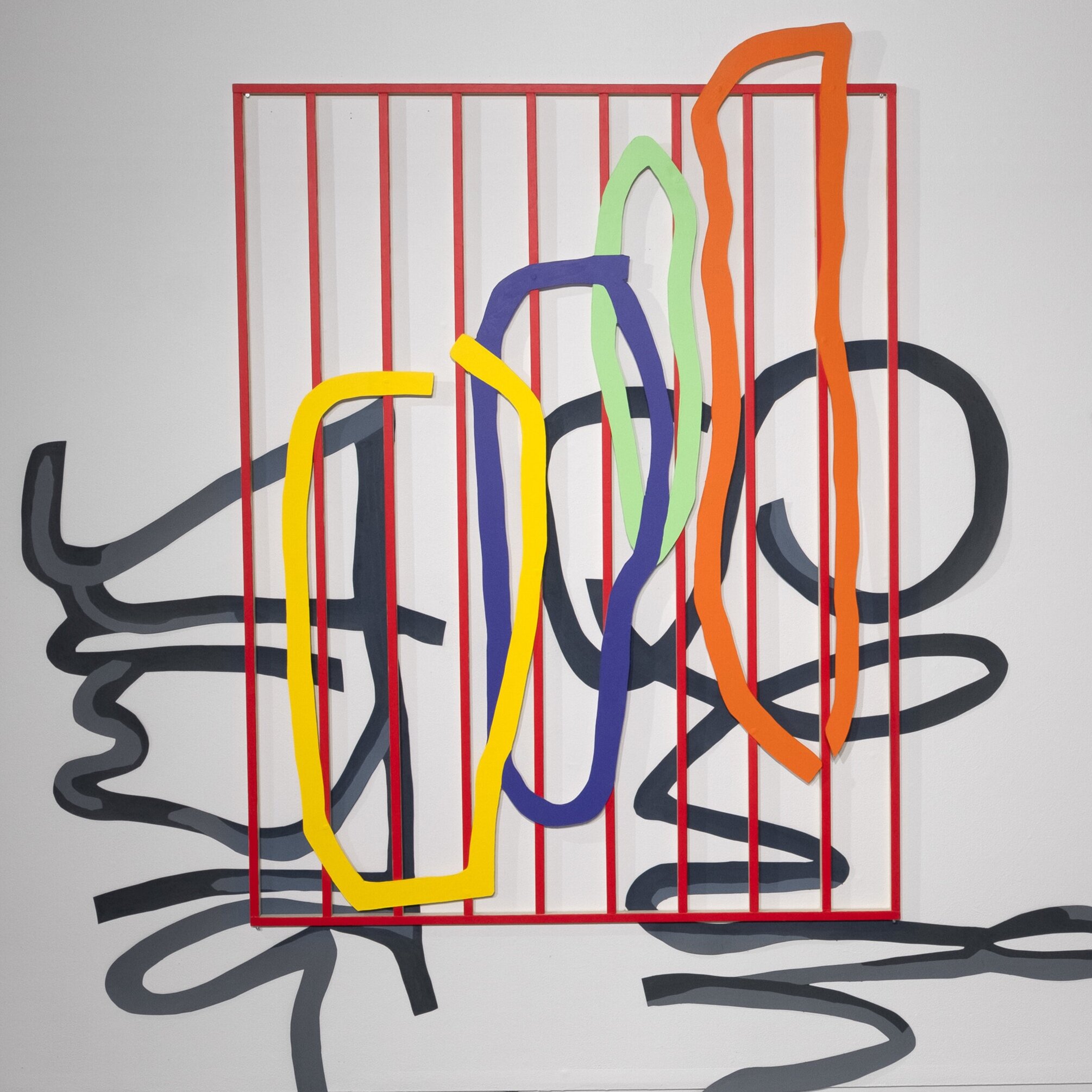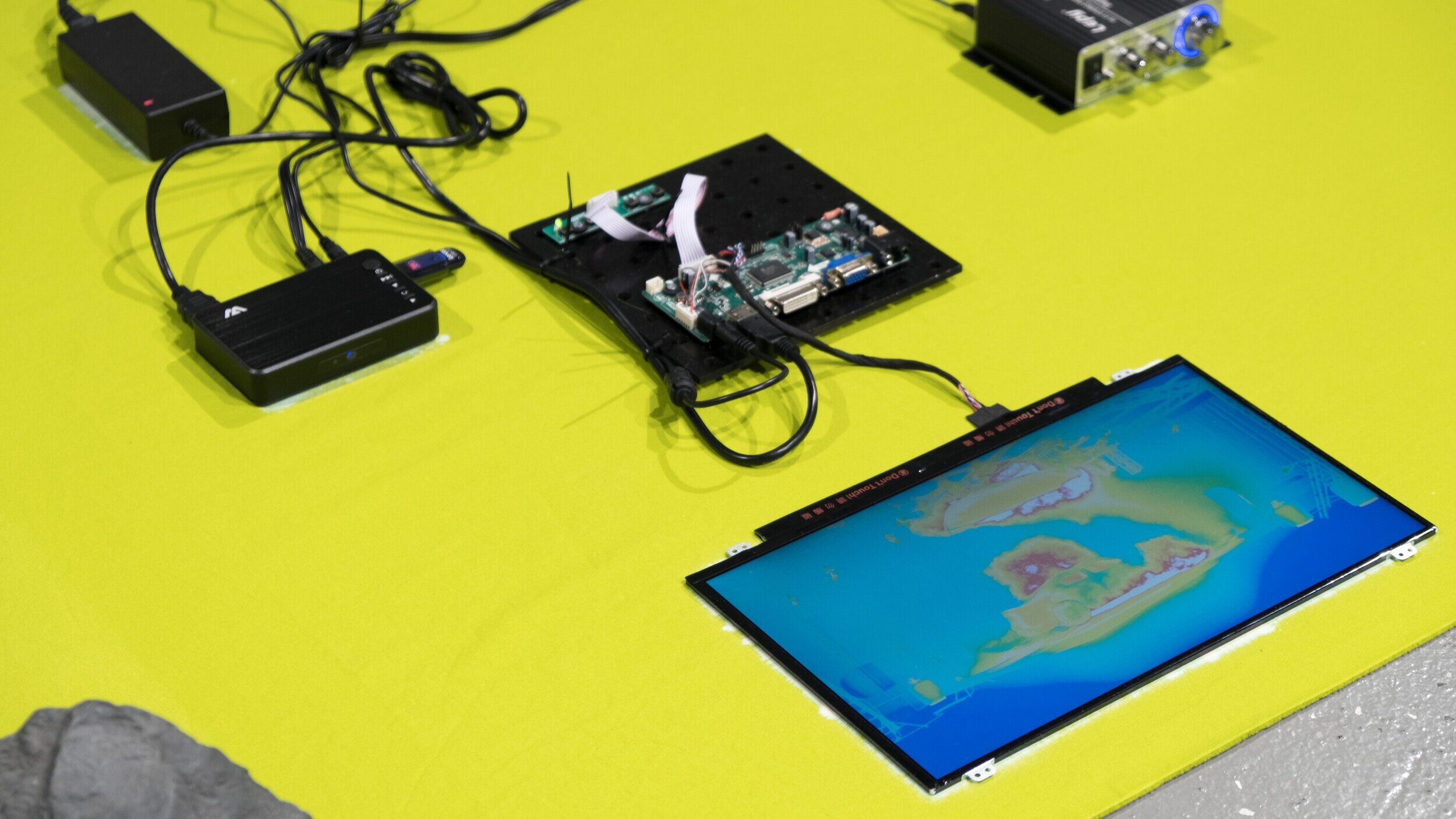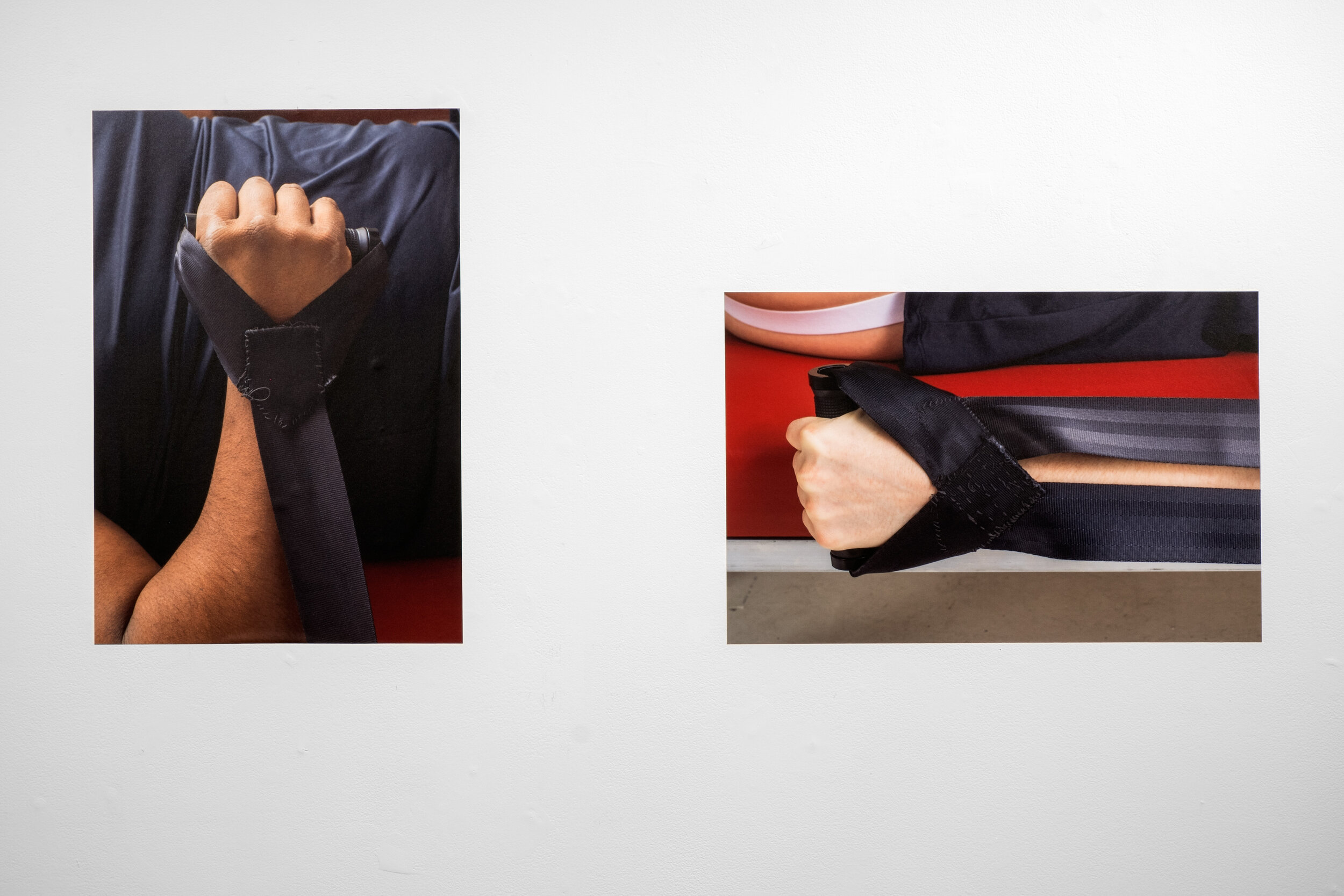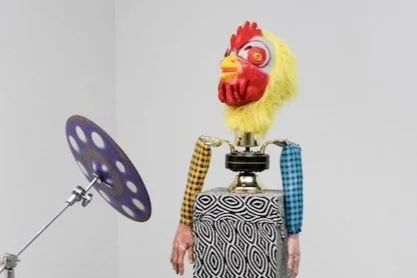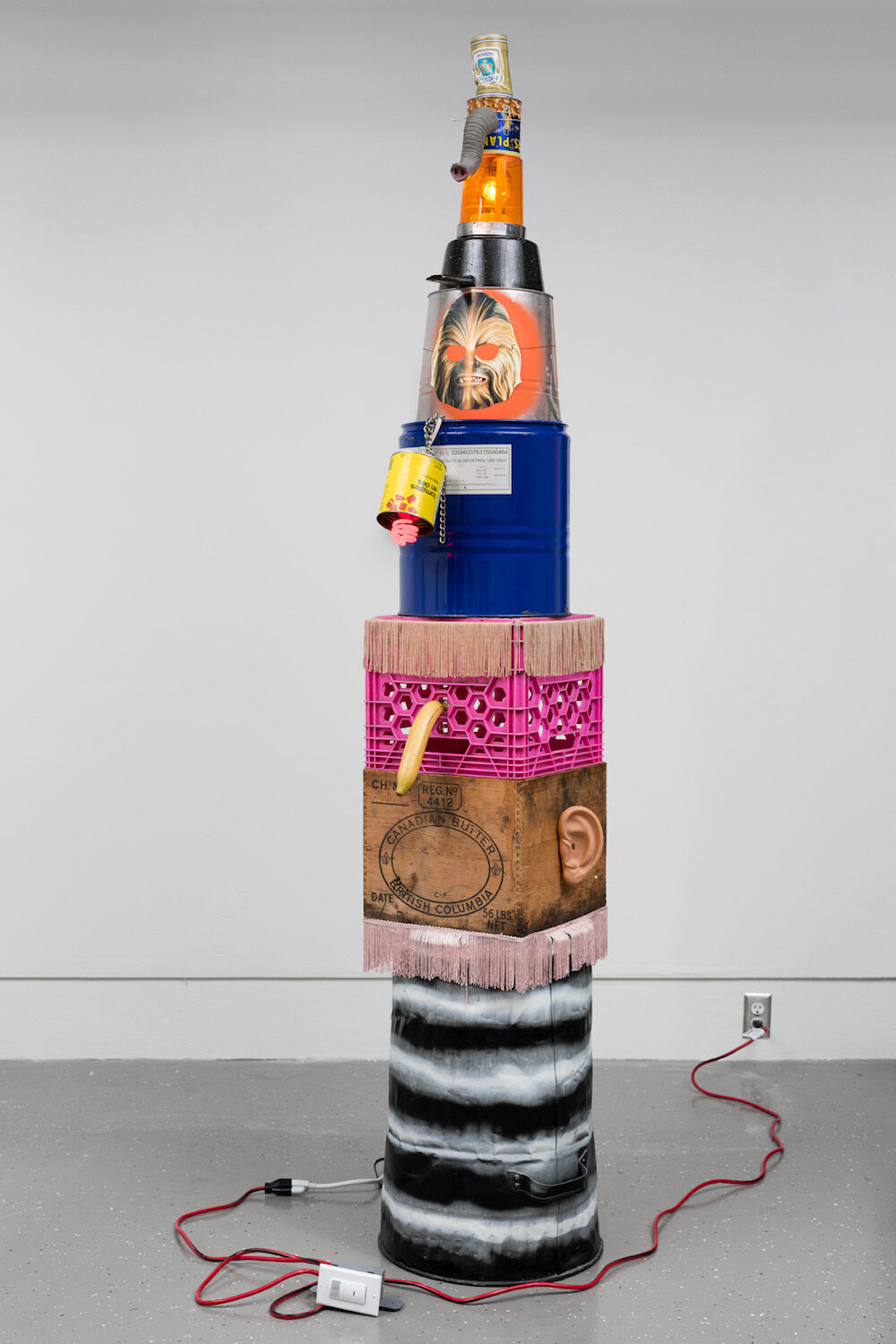
From Hate to Hope // BC’s Office of the Human Rights Commissioner
The Alternator Centre for Contemporary Art, in partnership with British Columbia’s Office of the Human Rights Commissioner, is pleased to present From Hate to Hope, an immersive pop-up exhibition.
This special exhibition is the culmination of more than a year’s worth of work in the BCOHRC office’s annual public campaign which was inspired by themes in the From Hate to Hope report. In August 2021, B.C.’s Human Rights Commissioner Kasari Govender launched an inquiry into the rise of hate in B.C. during the COVID-19 pandemic. The March 2023, findings and recommendations were clear: hate will increase in times of societal crisis unless we are all decisive in addressing it.
The exhibit features an immersive audio-visual experience that captures the voices, images, and art of community youth and painters as well as the commissioner who joined together to draw inspiration from the words of British Columbians across the province. Their hope is to spark important conversations on these themes and ensure they keep breathing life to the stories they heard. This is in addition to their broader work in addressing systemic discrimination in the province, and their continued work to ensure the Government of BC implements the recommendations of the report. From Hate to Hope is a traveling exhibition. First opening in Vancouver, this exhibition will be held at the Alternator before moving onto Fort St. John, and Nanaimo.
From Hate to Hope will be on view at the Alternator during our regular hours from May 2nd - 4th!
This exhibition expands upon a series of four murals that were created by artists across the province.
The Vancouver mural was created by Paige Jung. The Fort St.John mural was created by Raven-Tacuara Art Collective members Stephanie Anderson and Fancundo Gastiazoro. The Keremeos mural was designed by Haley Regan and completed in partnership with the South Okanagan Immigrant & Community Services One World Youth Crew. The Nanaimo mural was created by Humanity in Art members Lys Glassford and Lauren Semple.
BC’s Office of the Human Rights Commissioner exists to address the root causes of inequality, discrimination and injustice in our province by shifting laws, policies, practices and cultures. We do this work through education, research, advocacy, inquiry and monitoring.
B.C.’s Human Rights Commissioner, Kasari Govender, started her five-year term on September 3, 2019. Since then, our Office has been working swiftly to build a strong team, to listen deeply to the concerns of British Columbians, to issue policy guidance to protect the human rights of underserved communities and to lay a rights-based foundation for our work. As an independent office of the Legislature we are uniquely positioned to ensure human rights in B.C. are protected, respected and advanced on a systemic level throughout our society.

















